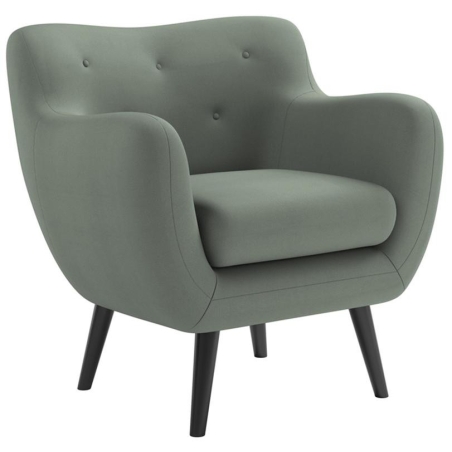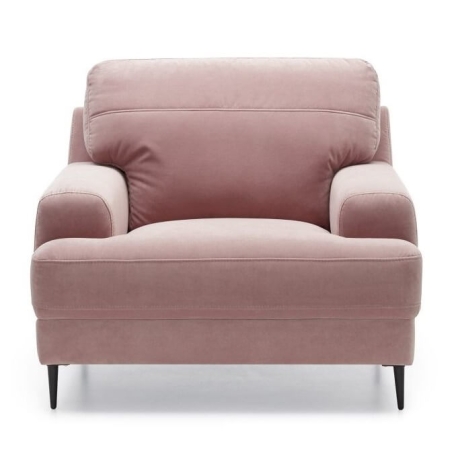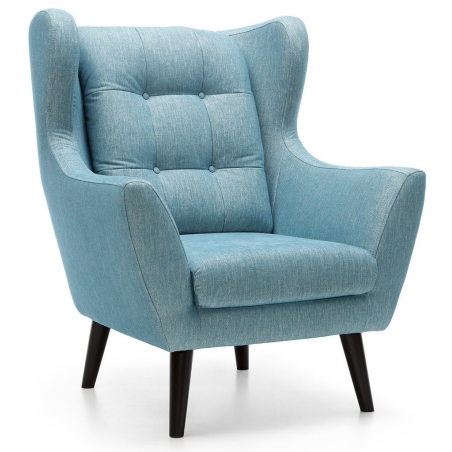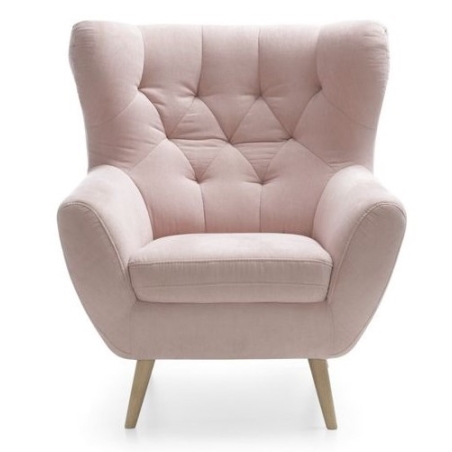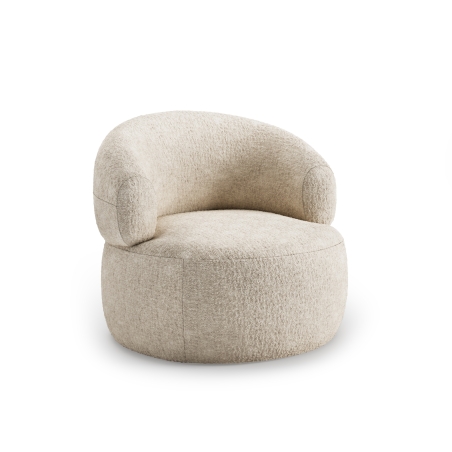Choosing an armchair for your living room can completely change the way the space feels. It’s not only about color or shape but about how the piece interacts with its surroundings. An armchair can balance the room, add character, or become a visual counterpoint to the rest of the interior. The key is to look beyond trends and focus on what truly harmonizes with your space.
1. Where Should the Armchair Go – Centerpiece or Background?
Before you decide on a model, think about the armchair’s role in the room. In a spacious living area, it can stand in the center, becoming a focal point that defines the furniture layout. In that case, choose a design with a distinct shape or color that anchors the composition of the room.
In smaller interiors, an armchair works better when integrated into the layout – placed near a wall or beside the sofa without blocking movement. What matters then is its profile and visual lightness: slender legs, a tapered backrest, and no bulky base. Subtle details like these prevent the piece from overpowering the space, even when it stands out in color.
2. Shape That Defines Style – Line, Proportion, and Rhythm
The character of an interior often reveals itself not through color but through shape. An armchair with clean, geometric lines suits modern spaces built on symmetry and angles. Rounded forms and soft edges, on the other hand, introduce flow and comfort, fitting well in interiors inspired by nature or mid-century design.
Proportion also matters. A tall backrest visually raises the room, while a low one makes it appear wider. Matching the armchair to the proportions of the space is often overlooked, yet it determines whether the piece feels naturally placed or out of context.
3. Color and Texture – Creating Harmony Without Monotony
The color of an armchair can define the mood of the entire room. In neutral interiors, one stronger accent—like terracotta, olive, or navy—adds energy without breaking balance. In colorful spaces, calmer tones such as graphite, caramel, or sand help keep the atmosphere cohesive.
Texture adds depth. A smooth fabric gives the room a tidy rhythm, while a textured one adds a sense of layering. Combining them thoughtfully makes a difference: a soft armchair surface can balance the roughness of brick, the rawness of concrete, or the coolness of glass.
4. Matching the Armchair to Everyday Life
A living room isn’t just for display—it’s where daily life unfolds. That’s why your choice should reflect how you actually use the space. For gatherings, choose an open design that invites conversation. For reading or rest, go for a model with a supportive headrest and seat that lets you sink in comfortably.
It’s not only about comfort but about connection. An armchair that suits your daily rhythm blends naturally with the room. It becomes not just part of the décor but part of your everyday ritual—a spot you return to.
Conclusion when choosing an armchair for your living room, think beyond trends. Consider its place, its shape, its color, and how it interacts with the rest of the interior. A well-chosen piece doesn’t need embellishment or complex design—it simply belongs, fitting seamlessly into the space you truly live in.






























